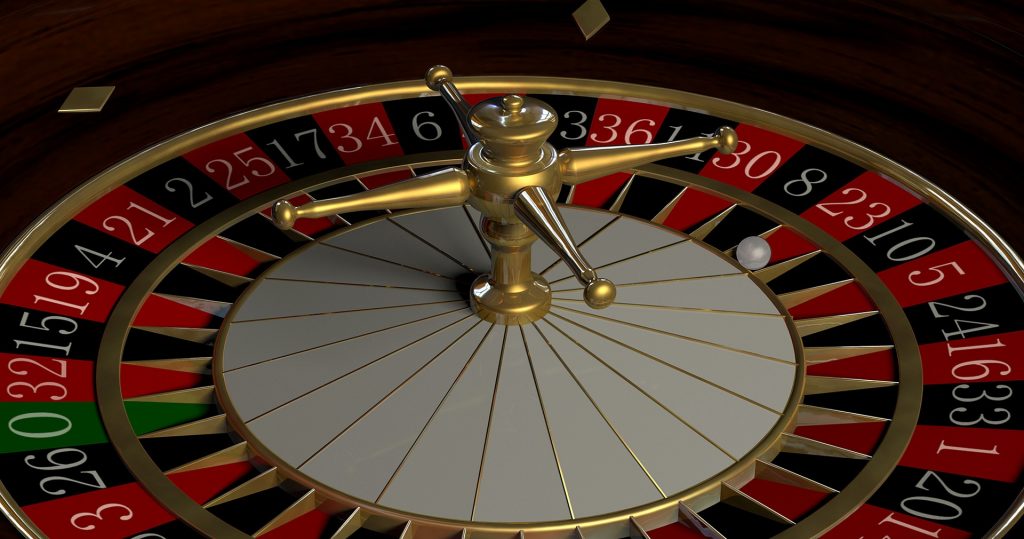Why Beauty?
We tend to look upon beauty in all its variety with wonder and a sense of gratitude. As if it were a gift from a source unknown. Nature lifts our spirits and we love sharing moments with each other, saying “look at that!” when anything out of the ordinary catches our attention. We take this to be the norm, but why should we do that? The answer is I think that we adults retain something of the childhood sense of wonder. Other than in the deeply cynical, this sense of appreciation never leaves or forsakes us. Which in itself is a beautiful thing. Why colour, why should this spectrum be given freedom to enter through our atmosphere and flood the earth when other more dangerous forms of light are prevented by the earth’s atmosphere? The amazing thing is that this defence system preventing dangerous electrically charged particles carried on solar winds is the cause of the outstanding light show which floods our northern skies. The awe inspiring Aurora Borealis
Why has the earth captured such a vast range of beauty?
The poet William Wordsworth wrote about how being in touch with Nature had shaped his whole life.There is the fragility in the butterfly and the power of a whale, the speed in a cheetah or a diving hawk and the precision engineering of a humming birds wing.
“With deep devotion, Nature, did I feel,
In that enormous City’s turbulent world
Of men and things, what benefit I owed
To thee, and those domains of rural peace.
He was not the first or last to seek the peace and beauty of a world apart from the busyness and polluting by products of human activity on earth. Here is a view taken from a different perspective. Veteran astronaut Michael Massimino while working at the Hubble Space Telescope got a glimpse of his home planet from space and said:
“I felt like I was almost looking at a secret… that humans weren’t supposed to see this. This is not anything you’re supposed to see. Its too beautiful!”
Nature is full of wonders but just one example is enough.
A male flame bower bird is a creature of incandescent beauty. The hue of its plumage transitions seamlessly from molten red to sunshine yellow. But that extravagant display is not enough to attract a mate. When male bower birds begin courting, they set about building the structure for which they are named: an assemblage of twigs shaped into a spire, corridor or shack. They decorate their bowers with scores of colourful objects, like flowers, berries, snail shells or anything that comes to beak, including human debris like bottle caps. Some bower birds even arrange the items in their collection from smallest to largest, forming a walkway that makes themselves and their trinkets all the more striking to a female. They create an optical illusion known as forced perspective that humans did not perfect until the 15th century. I am an artist so I know something about leading a viewers eye towards a chosen area of a painting. Is what the bower bird creates an exhibition of aesthetics, the branch of philosophy which deals with questions of beauty and artistic taste? This normally relates to human activity at its highest levels of appreciation, so what is it doing operating in a bird brain?
If the almost unbearingly choosy female shows no initial interest, the male must react, and fast. Staring at the female, his pupils swell and shrink, he begins an entrancing dance, bobs around flutters his wings puffs out his chest and makes a mighty show of himself. And like a showman at a circus he may pass a wing in front of his head as if it were a magician’s cape. The final act is mutual congress after which they end the affair and the show closes for the season. The bower bird defies traditional assumptions about animal behaviour. A simple creature that builds something arguably far more sophisticated than any other creature. It picks and chooses and assesses, apparently critically, calculating the effects his carefully chosen items may have on the intended recipient of the show. It raises the question, is it art?
All his extravagance and attention to detail contradicts the basic rules underpinning natural selection. Evolutionary adaptations are meant to be useful, and its usefulness is the whole point. The writer of the article I have lifted most of this from asks the question; what is the evolutionary justification for the bower bird’s ostentatious display? He then ponders the question, that the bower bird’s colourful feathers and elaborate constructions lack obvious value outside courtship and hinder his survival and general well-being by draining precious calories and makes him much more noticeable to predators. You could argue the same for the peacock. While these factors may make little sense in evolutionary terms, it make perfect sense as an expression of an artist, designer and creator, exploring and drawing every ounce of potential from the colour range and physical resources available.
Richard O. Prum, a Yale ornithologist (bird scientist) and evolutionary biologist published a book on his views on the evolutionary origin of beauty. The origin of beauty has long been a problem for evolutionists, and Charles Darwin himself struggled to explain it. Prum argues that beauty exists in the animal kingdom because that’s what females like. He believes that females don’t just select a mate on the basis of health and fitness; they perceive a kind of beauty when they are choosing a mate. He answers the question “why are birds beautiful” with the controversial answer “birds are beautiful because they’re beautiful to themselves.”
This failure by evolutionists to explain the phenomena poses the question to everyone of us: Why? What is beauty for? We humans have five basic senses: touch, sight, hearing, smell and taste. The sensing organs associated with each send information to the brain to help us understand and perceive the world around us. In other words we were created to appreciate with all five senses, and everyone one of them are used in our appreciation of nature. Coincidence? I think not!
If there is a Creator then there can be little doubt that He, She or It has a sense of humour and fun. Which means whichever way you choose to think about it, made by God or evolved by time and chance, nature is not just a brutal game of survival of the fittest. The biological concept of fitness is defined as reproductive success. As the quote above from the Yale ornithologist makes plain, in this case the trade off between extravagant display and successful mating includes factors that are not reduced to mere function. These birds tend to build their bowers adjacent to one another, making the choice of the female more difficult, and lessening the males chances to say one in six. It seems to me as if this kind of courting is so extreme it may have been chosen not just for its obvious intention, procreation, but also to delight the only creatures on earth capable of appreciating both the humour and the function; you and I.


